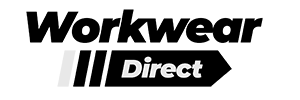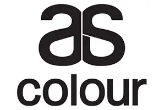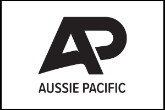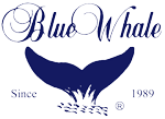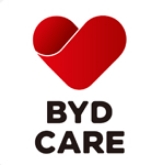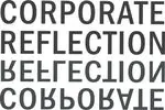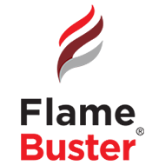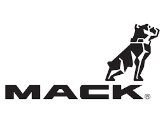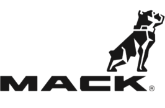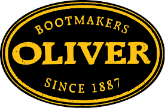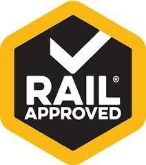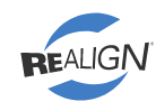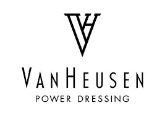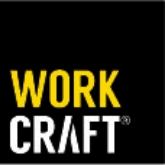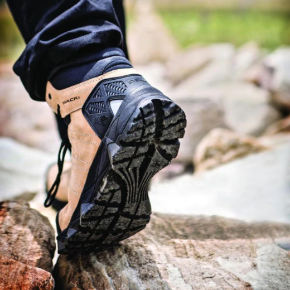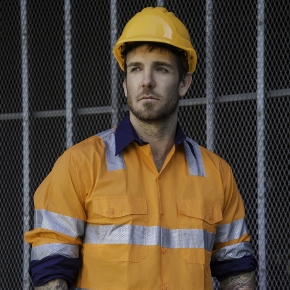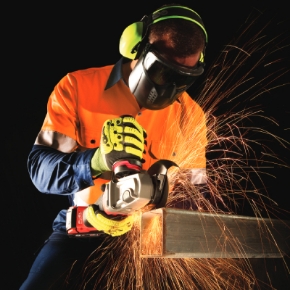
Originally published by the Australian Institute of Health & Safety
WorkSafe Victoria recently issued a safety alert reminding employers about controlling risks associated with lead-based paint removal.
Lead-based paint, commonly used on many pre-1970s buildings and structures, can contain lead levels greater than 1 per cent. Work involving sanding, buffing or removing paint with lead levels greater than 1 per cent by dry weight is regulated under Part 4.3 of the OHS Regulations as a ‘lead process’, with specific duties for employers undertaking this work.
WorkSafe has identified that employers and self-employed persons are undertaking unsafe lead-based paint removal. Issues that have been identified include:
- Employers not having procedures in place to ensure lead paint is identified prior to the commencement of works.
- Failure to identify the lead process as lead-risk work.
- Failure to notify WorkSafe prior to commencing lead-risk work.
- Not informing employees of the presence of lead and the potential risks – particularly to female employees of reproductive capacity.
- Undertaking lead-based paint removal from an old residential building without appropriate controls, including personal protective clothing.
- Workplaces not having adequate decontamination facilities for workers.
- Failure to clean and decontaminate lead removal areas at the completion of works.
- Employers not having a blood testing program in place for employees prior to commencing removal of lead-based paint.
- Failure to arrange health monitoring for employees when undertaking lead-risk work.
Lead can stay in bones for years without causing any health effects, however, high levels of lead in the body can increase the risk and cause immediate and long-term health issues.
Exposure to lead should be minimised for female workers, especially before and during pregnancy. Unborn children are particularly at risk, as lead stored in the bones can be released into the bloodstream during pregnancy, becoming a source of exposure for the developing child.
Failure to clean and decontaminate a lead-based paint removal area could result in children and toddlers on site picking up small lead paint chips and put them in their mouths.
WorkSafe Victoria said employers must control lead exposure risks using a hierarchy of control. They should first try to eliminate the risk, but if this is not possible, they should reduce it by:
- Substituting dry removal processes for wet methods such as chemical paint stripping products or power tools fitted with on-tool water suppression. Note: When using chemical stripping products, the SDS for the chemical must be reviewed and controls implemented accordingly.
- Building an enclosure, where practicable, or isolating the lead-based paint removal area from unprotected workers.
- Using powered tools fitted with dust extraction systems attached to a Class M or H vacuum cleaner – and ensure workers are trained in the correct removal techniques (including maintaining the dust extraction system) to minimise the generation of airborne dust.
- Rotating employees working in the lead-based paint removal area, where practicable, to reduce exposure time.
- Cleaning the lead-paint removal area, using cleaning methods that do not create additional risks. For example, use wet methods or Class M or H vacuum cleaner instead of dry sweeping.
- Ensuring adequate hygiene facilities, such as a designated decontamination area and wash facilities, are available.
- Providing respiratory protection that is appropriate for the level of contamination, disposable coveralls, gloves and impervious safety shoes.
